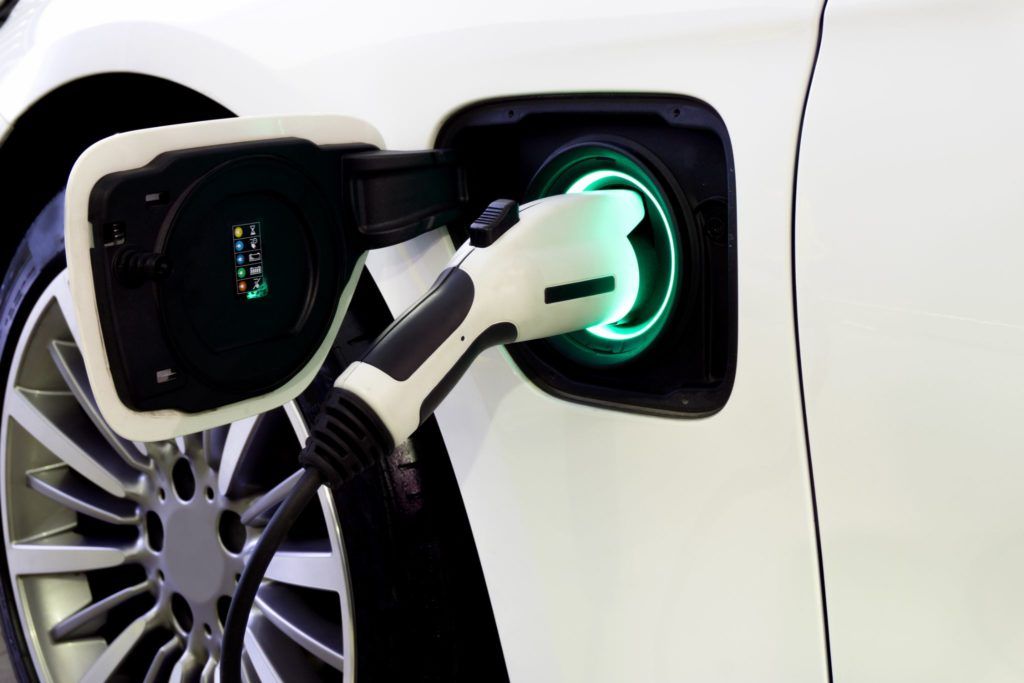A new report from the County Councils Network (CCN) has found the number of publicly-available electric vehicle charge points in England’s county and rural areas lags far behind major towns and cities.
The Electric vehicle infrastructure: analysing the challenge in powering England’s plug-in revolution report showed drivers in 38 county areas are at a significant disadvantage compared to urban motorists, with just one publicly available chargepoint for every ten miles in these locations. But there are one for every three-quarters of a mile in London, and one for every 4.5 miles in other major cities and towns.
The CCN is now calling on this government and the next administration to prioritise investment into county areas to help them close the gap. Just 2% of vehicles registered in county areas as of March this year were plug-in electrical vehicles – the lowest ratio in the whole of England.
New analysis in the CCN’s report also finds the number of plug-in vehicles has risen dramatically in the past five years in county areas to 385,761 vehicles from 70,337 – but it is only 2.1% of all vehicles. It also found there are just over 13,500 publicly-available chargers in county areas, with London having almost the same amount (13,300).
CCN argues that urban areas, particularly London and the major cities, have been able to dramatically ramp up electric vehicle infrastructure because government resource and policy has been focused on those areas. It is therefore calling on the next government to keep the total amount of funding for chargers under review, and to distribute any future funding based on need, rather than through competitive bidding.
Cllr Sam Corcoran, climate change spokesperson for the County Councils Network, said: “As this analysis shows, whilst huge improvements have been made, much more needs to be done in county areas.
“Councils in county areas have delivered over 5,500 chargers over the last two years, in tandem with private providers but the availability of publicly-available chargers lags behind the cities and urban areas.
“Whilst the government’s final allocation of LEVI funds did provide a significant boost to county areas, it is unlikely to be enough. Therefore, the next government must ensure there are substantial funds available for electric vehicle infrastructure, and this must continue to be prioritised to county areas, based on the scale of the emissions reduction challenge they face.”








